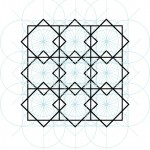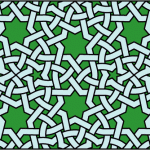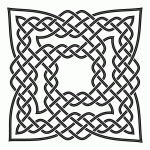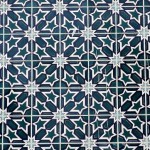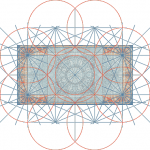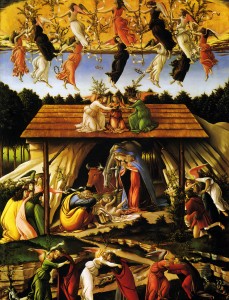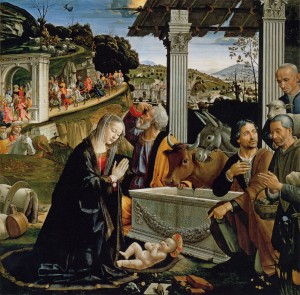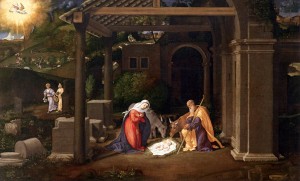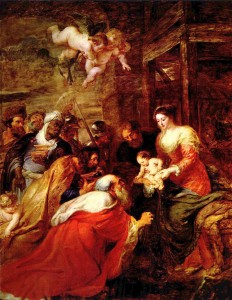Your task is to produce a 5-10 minute PowerPoint presentation about a religious place of worship (eg. a church, or a mosque, gurdwara).
Below is a list of resources to help you out. There are also lots of books in the classroom, particuarly New Steps in RE: Book One.
General Help
REOnline – Places of Worship
BBC Religion – Places of Worship in pictures
Sikh Gurdwaras
Sikh temples are quite interesting because they have a “langar”, a food hall for everyone to use (Sikh and non-Sikh), which shows their belief in the equality of all human beings. They also have a special “bedroom” for their holy book, the Guru Granth Sahib, which they treat as a person and so put to bed every night.
Sikhs.org – the Gurdwara
LearningLive
Gurdwara virtual tour
The Jewish Synagogue
Jews have met in the Synagogue for many centuries. It is not so much that the structure of the building tells us about Judaism, but they have lots of special things in there which tell us about them. You might talk about the idea that different Jews called their place of worship by different names and explain why.
Chabad.org – Interactive Tour
BBC Religion
JewFAQ.org
Christian Churches
There are lots of different kinds of churches – it would be excellent if your presentation showed some of the differences between them!
RE:Quest – Virtual Tours
h2g2 – Church Layout
Muslim Mosques
There’s loads of stuff to find out about mosques. There is meaning in both what the building looks like, and lots of stuff to say about what happens inside too!
Birmingham Council of Muslims – Virtual Mosque Tour
BBC Religion
Hitchams School Mosque website

